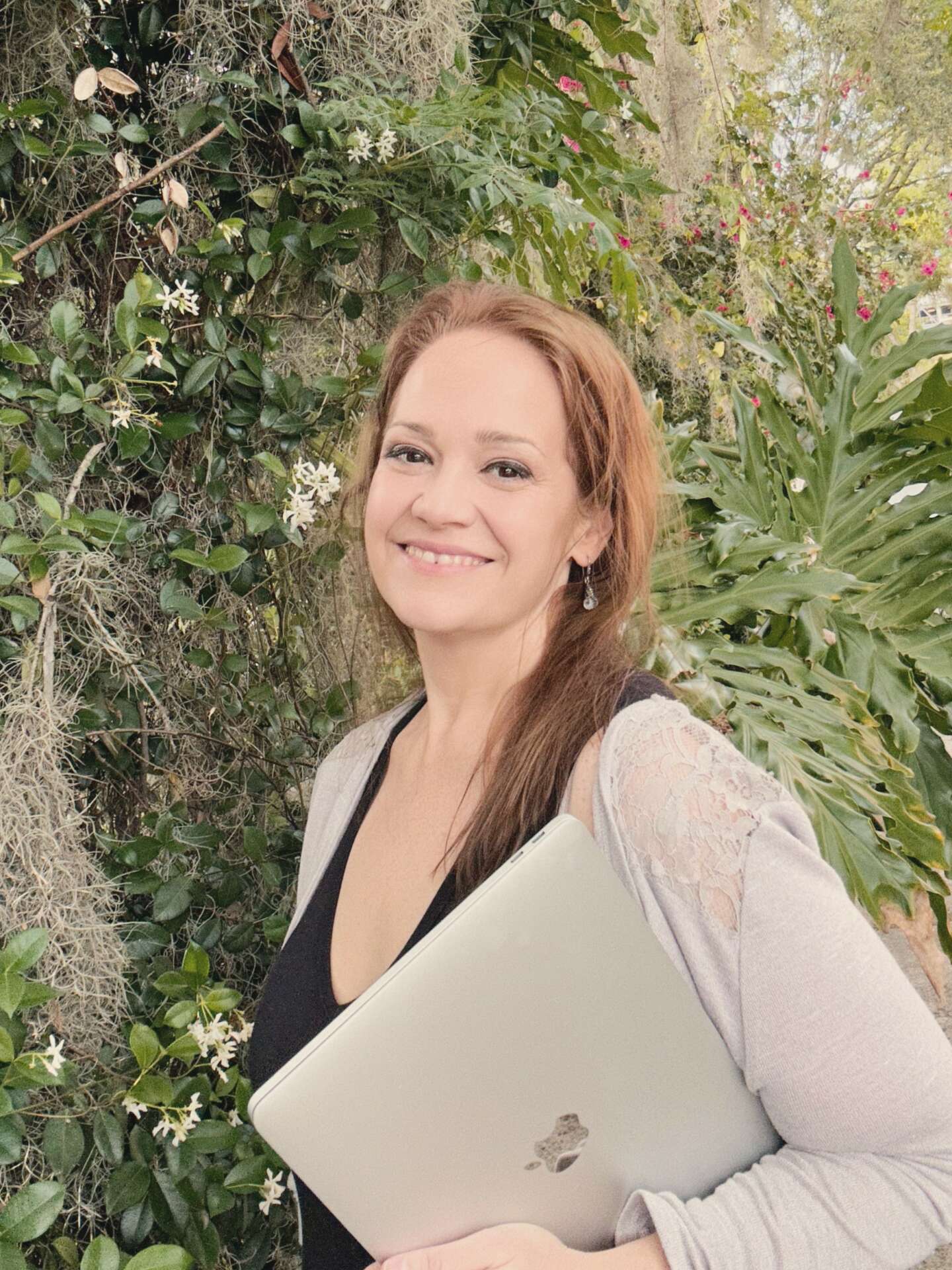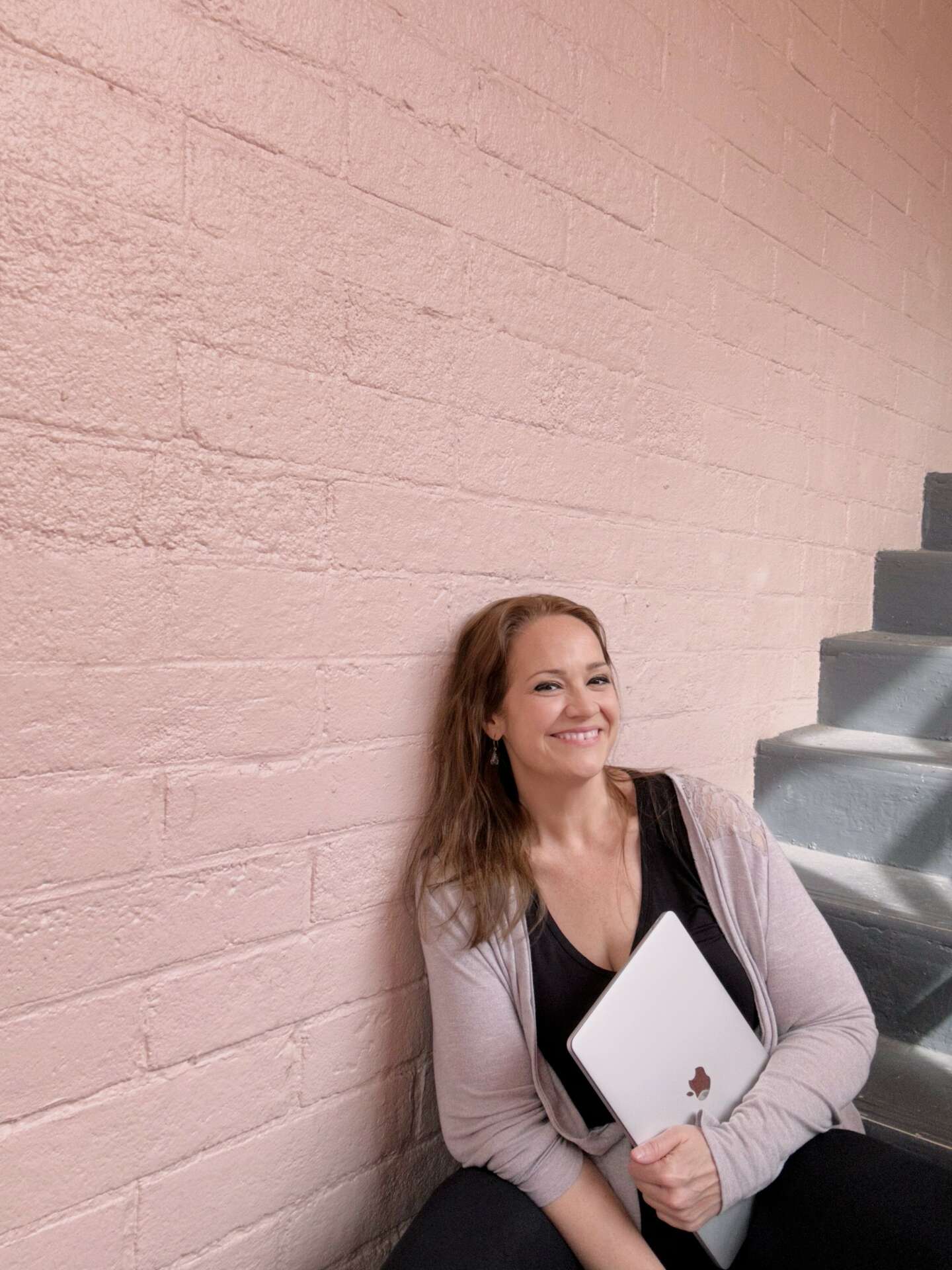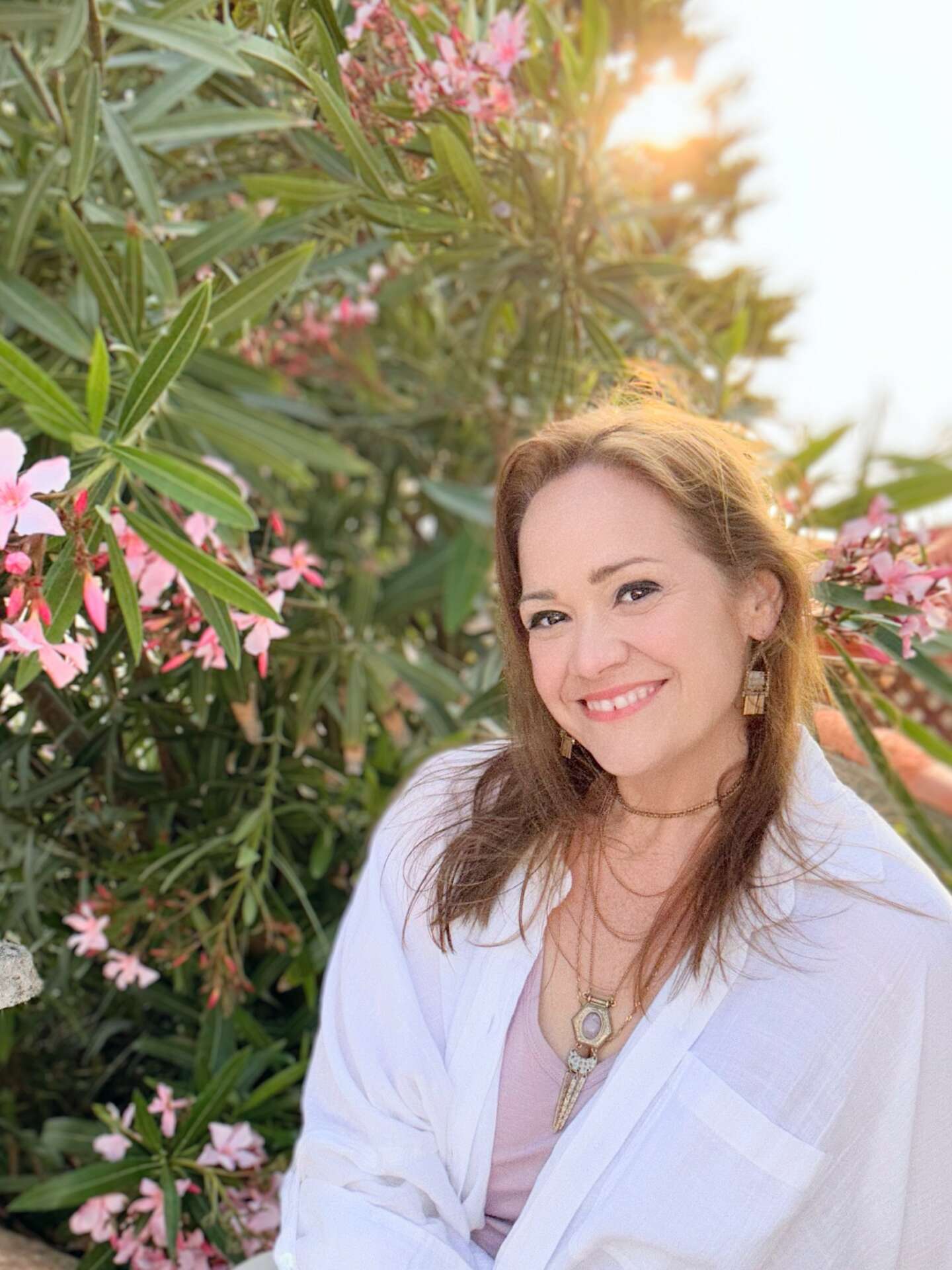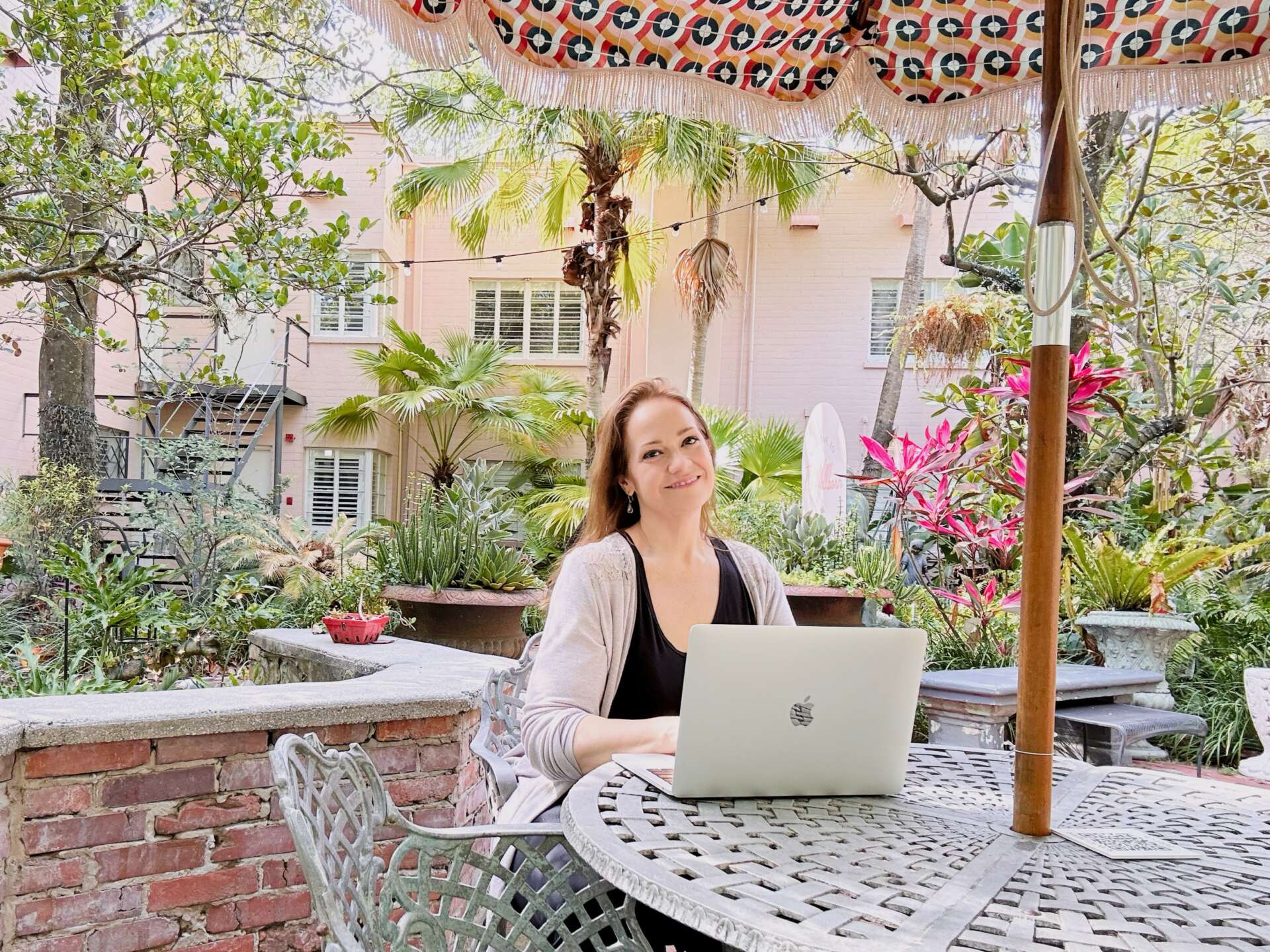We’re excited to introduce you to the always interesting and insightful Caroline Guntur. We hope you’ll enjoy our conversation with Caroline below.
Caroline, appreciate you joining us today. How did you scale up? What were the strategies, tactics, meaningful moments, twists/turns, obstacles, mistakes along the way? The world needs to hear more realistic, actionable stories about this critical part of the business building journey. Tell us your scaling up story – bring us along so we can understand what it was like making the decisions you had, implementing the strategies/tactics etc.
When we see any successful business, it’s easy to assume that they achieved overnight success. The reality is usually quite different, however. Behind every thriving business lies years of hard work, perseverance, and strategic decision-making. Mine is no different. My years in business as a small business owner have been eventful to say the least, and the real story is actually one of self-discovery, more so than anything else.
The business you start is not the one you end up with; it’s funny how that happens. I started a professional organizing company over a decade ago, and my focus was solely on in-home residential services to local Chicagoans. I organized closets, basements, and kitchens. Today, I sell online course and provide coaching to business owners within the fields of project management, productivity, business systems, and digital organization. I have finally found my zone of genius, but how did I get here? Through lots of twists and turns. Let me share the story.
When I first dreamed of starting a business, I wasn’t quite sure what it would be; I just knew it would belong somewhere within the field of professional organizing. For a long time, I hesitated because I wasn’t sure I could make it. I had never started a business before, and I didn’t want to take on any loans to do so. Would I know what to do? How would I file the paperwork? What type of structure should it have? There was an endless list of questions, and I didn’t have any answers. So what did I do? I decided to start blogging. You know, feel out the industry. Do my research to see if I could find my lane. It worked. I learned so much while writing on the topic, and it led me to finally start my business.
Year one was an adventure. My goal was to simply make a profit. I knew that so many businesses incur a loss in the first few years, and I was determined to not be one of them. I had invested $5000 of my own money into this business, and I wanted to make that back (and then some). To my delight, I did make a profit in that first year, and it was through finding clients the old-fashioned way: by talking to people one-on-one and explaining to them what I could do. I had to build relationships from scratch, establish my credibility, and prove the value of my services. It wasn’t easy, but with grit, determination, and photos of my own home as proof, I made it work.
Year two was different. In year two, I had gained some traction, so it was time to really define my services better. After saying yes to pretty much any organizing project that came my way (and thereby honing my skills), it was time to start saying no to some of them. I wanted to focus on what I did really well, so that I can could make more money. Large questions still loomed. Who did I serve, why, and how? What was I really good at? And what did my clients need?
Early on, I decide to switch from residential organizing to digital organizing. One of the bigger reasons was that I traveled a lot to see family, and being location-based just wasn’t working well. I also understood that my previous experience lent itself well to the virtual world. After testing that idea, I really niched down in year three. I eliminated most residential services and went remote, and sales went even better than before – to my surprise. Now, 10 years later, the world of digital organization is still a nascent industry, so it still baffles me that I found enough work back them…but I did. No doubt, thanks to those foundational relationships I built in year one.
Next up was streamlining my operations, so I could serve more customers better. I created my systems and operations (the ones that I now teach!), and optimized every bit of my process. It was time well spent because it set the stage for all of my future growth. Entrepreneurs who ignore their systems get to a certain point, but then they can’t scale beyond it. I did not want to end up there, and since this is a speciality of mine, I knew it was the right move. Year four became all about finding that efficiency and documenting it, so I could start growing faster.
At some point during your entrepreneurial journey, you’ll start to notice that you’re feeling stretched, and that happened in year five for me. You come to the conclusion that you can’t do it all by yourself, and the terrifying realization that you have to start hiring. At this point in my business, I desperately needed to find some help, but I had never hired anyone before and had no idea what to do. The biggest mistake I made was to try and clone myself. I wanted to find someone that had my experience, my skills, my thought-processes, and my habits. I wanted to find a jack-of-all-trades that could do a bit of everything, but I know understand that there’s only one me – me! No matter how hard I tried, I never would have found another me. In my desperation, I hired the first person that seemed like a good fit. It wasn’t the right move, but I didn’t know that at the time. I realized it a year later, and let her go. That was awkward too, but needed to happen. Building a strong support system is crucial for sustained growth, and year six became more about finding the right help rather than just any help. Huge learning curve.
Business also continued to increase, and I got so busy that I needed to redefine my offers to be able to manage. I started focusing more on online courses rather than doing private projects for people. It was the right decision, but also left me torn with half of my profits on either side of the spectrum. Essentially, I was running two different business models in one, and I had to make a choice. Year seven brought the refinement I needed. I committed to the online business model, and said goodbye to even more services to simplify. Creating even more scalable offers meant that I had to learn how to market online, so year eight was all about putting myself out there as the face of my business. It wasn’t easy, but it was necessary as I started marketing more and more online.
Visibility is a tricky thing. Most of us introverts are quite happy be behind the scenes, but the reality is that marketing is what keeps the engine humming there. Someone has to do it, and no one can do it better that you – the creator of the business. To be able to be in front of the camera rather than behind it, I had to work on myself some more. No more insecurities about how I looked, sounded, or expressed myself. That was a lofty goal, and it took a while to get there. Anyone who is great on camera will tell you just how much practice is involved in making that happen. It just doesn’t magically happen overnight.
Because I was busy filling the pipeline with new clients through those marketing efforts, it became necessary to expand the team once again. Managing a team brings its own set of challenges, so in my 10th year of business, I had to figure out how to create an intentional company culture, how to foster better working expectations, and how to empowering my team members to excel. Finding your voice as a leader isn’t always easy, but comes through all the personal development and growth you commit to over time. I have learned over the years that it’s good practice to hire long before you need the help – because you don’t want to drop someone into the deep end. That doesn’t feel good for either party, and it creates a very stressful situation for everyone involved. Slow and steady onboarding with increasing duties over time is the way to go – when possible.
As the pandemic hit, my business was already primed for all the online traffic we received, and sales went well. That being said, we still had to make adjustments from too much business. We couldn’t keep up with the demand, and that cause me to re-evaluate just how scalable my offers really were. We decided to streamline even more, and though we had to let go of some clients, that pivot was the right move.
Today, some years later, we provide online courses and coaching within the productivity and project management space, and we have switched from mainly service private individuals to service other business owners. Had I known that I would end up with a B2B model instead of a B2C model like I started with, younger Caroline would have laughed.
As you can see, success is not about a singular moment in time. It’s about the culmination of hard work, dedication, and continuous improvement. Everything you learn along the way is what you use to fuel your next move. It’s also about you as a person. What were you meant to do? That’s the business you need to run, regardless of how many pivots it takes to get there.

As always, we appreciate you sharing your insights and we’ve got a few more questions for you, but before we get to all of that can you take a minute to introduce yourself and give our readers some of your back background and context?
The problem that I solve for clients is how to infuse productivity and efficiency into how they live their lives and make decisions. How do you know that you’ve made the right decision on something? Why is that? And now that we have made that decision, how do we accomplish the goals associated with it? I want clients to be confident in their decision-making and finish what they start, so that they can live up to their highest potential. I call myself a “talent manager with a twist” because I help them fulfill their dreams. It’s not easy to set a goal by yourself and tackle it without any support. Anyone who is successful will tell you how much help they needed along the way, and I believe success is a team sport.
My brand is all about helping entrepreneurs make the best use of the time they have available on this planet, so that they can accomplish what they set out to – without sacrificing themselves and their own well-being in the mix.

How’d you build such a strong reputation within your market?
I strongly believe that your reputation is built from consistency. Consistency in how you market yourself, how you service your clients, how you show up, and how you handle things overall. When you are consistent, people know what to expect from you, and they start to trust you. Trust is something that you earn over time, so it takes a bit of patience, but it’s actually quite easy to do. You just have to define how you do things, i.e. your systems and operations. How do you respond to clients? There’s a workflow for that. When do you respond to clients? There’s a workflow for that. What do you say to them? Ah yes, that’s where the SOPs come in.
When you have defined offers within your business and you have built strong operations, consistency is inevitable. Successful people don’t scramble. They build a strong foundation. They practice and know exactly what to say and what to do. Nothing is left to chance. That consistency is what makes people trust you and that’s what earns you a good reputation.

Can you tell us about what’s worked well for you in terms of growing your clientele?
The most effective strategy for growing your clientele is always to provide excellent results, no matter what industry you are in. Like I mentioned earlier, your reputation isn’t built overnight, but with each new client, your effort is rewarded. When you treat people right and go the extra mile for them to provide excellence in everything you do, they become your sales engine. Referrals are by far the best way to gain new clients because they are built on trust. When someone is referred to you, you don’t have to do as much selling because your clients has already convinced that person to work with you. This compounds over time, so the more happy clients you have, the more your business grows naturally. Just like before, this is built on consistency, so having strong systems and operations is what lays the foundstion for all of this.

Contact Info:
- Website: https://www.theswedishorganizer.com
- Instagram: https://www.instagram.com/carolineguntur/
- Facebook: https://www.facebook.com/TheSwedishOrganizer
- Linkedin: https://www.linkedin.com/in/carolineguntur/
- Twitter: https://twitter.com/CarolineGuntur
- Youtube: https://www.youtube.com/c/CarolineGuntur
- Other: Pinterest: https://www.pinterest.com/tsorganizer/ TikTok: https://www.tiktok.com/@carolineguntur Lemon8: https://v.lemon8-app.com/s/jrrsZprsR
Image Credits
Caroline Guntur


